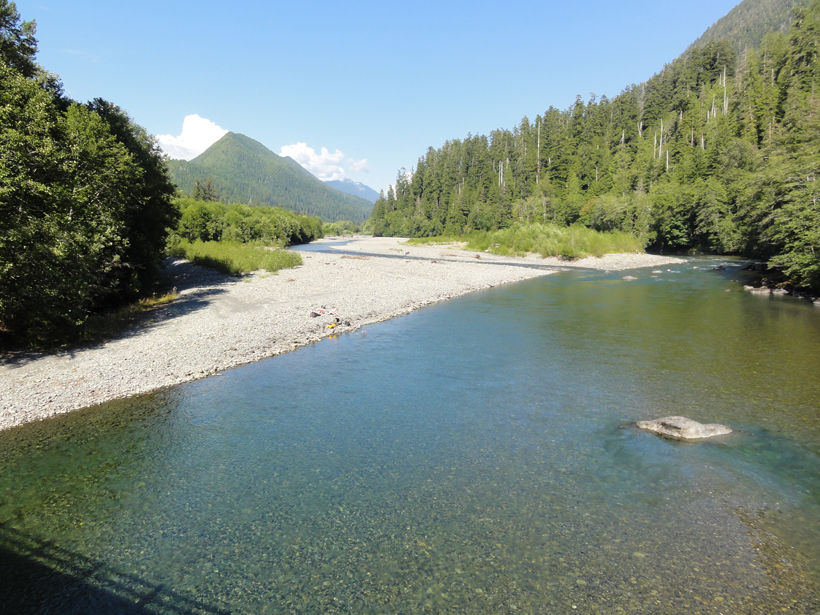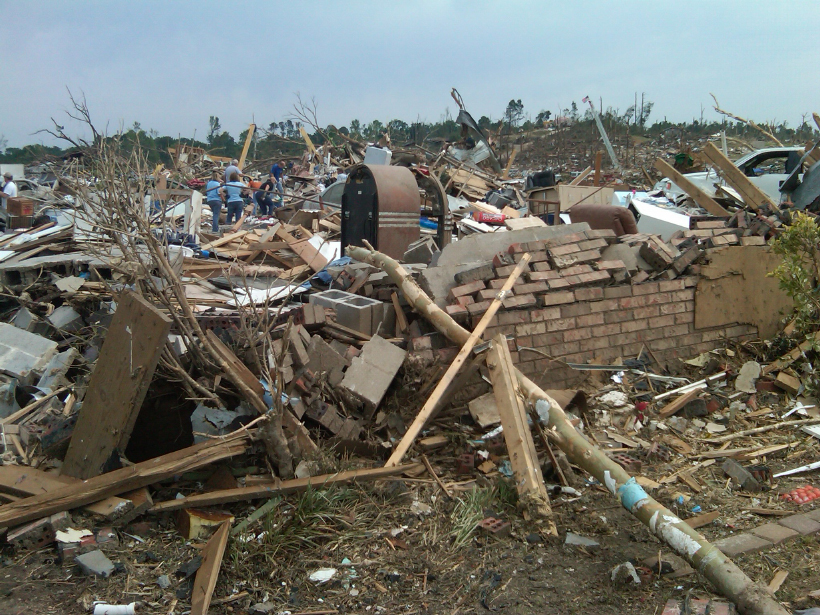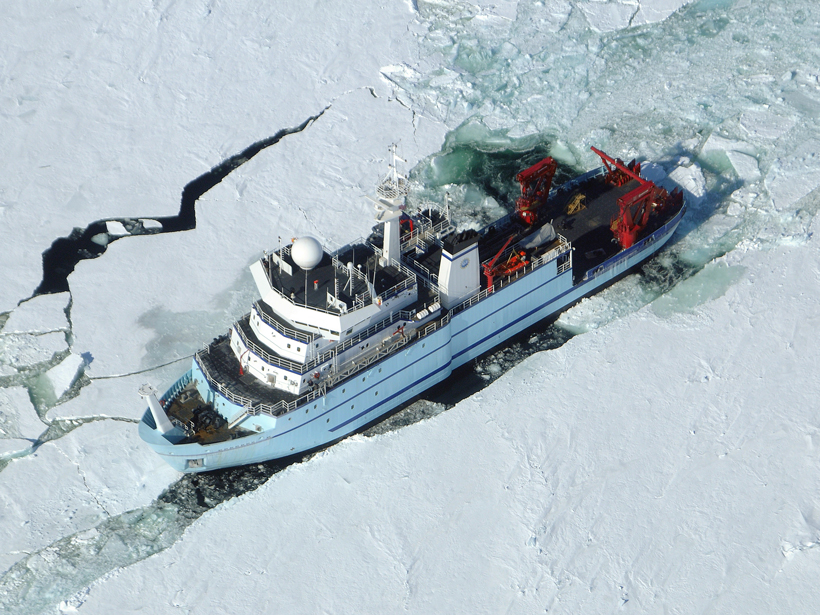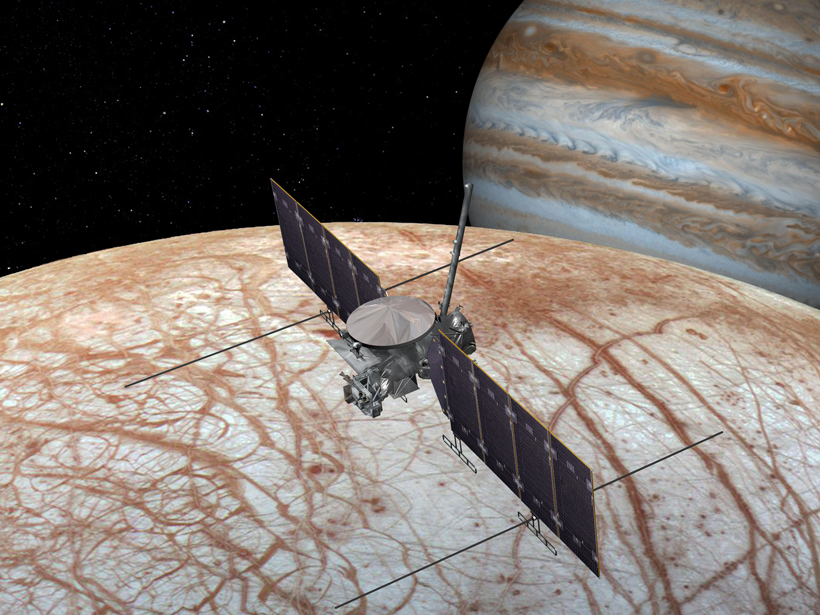The Trump Administration has pulled the United States out of a landmark climate accord. But withdrawal does not change the science of how our planet works.
United States
Proposed Federal Budget Heightens Hurricane Risk
The health, welfare, and livelihood of millions depend upon our elected officials’ continued and robust support for hurricane research.
Why Is There So Much Carbon Dioxide in Rivers?
Observations of carbon dioxide oversaturation in the freshwater of the world led scientists to study its underlying causes at more than 100 field locations across the nation.
Tornado Casualties Depend More on Storm Energy Than Population
National Weather Service data from nearly 900 tornadoes and a principle of economics reveal the relationship between storm energy, population, and casualty count.
With 2017 Budget Signed into Law, Eyes Turn to 2018 Battle
Analysts hope that Congress will continue to support science programs in next year’s budget as well.
Newly Signed Federal Budget Is Favorable to Science
Budget bill signed by Trump this afternoon shows bipartisan congressional support for Earth and space sciences despite the administration’s initial goal of cutting nondefense discretionary spending.
Academy President Warns of “Storm Clouds” on the Horizon
McNutt says that business as usual “is not a viable option” for the academy in the near term to fulfill its mission and remain a relevant institution.
More Intense Rains in U.S. Midwest Tied to Farm Mechanization
Replacement of horses by machines since the 1940s allowed central U.S. farmers to change the crops they planted, which may have altered regional climate.
Trump’s Early Actions Target Science, Environment
Although the administration declares “historic accomplishments” during its first 100 days, a look back at Earth and space science impacts sees funding threats, rollbacks, and controversial appointees.
Management Strategies for Sustainable Western Water
U.S. National Science Foundation Workshop: Quenching a Thirsty West; Lake Tahoe, Nevada/California, 29–30 August 2016










